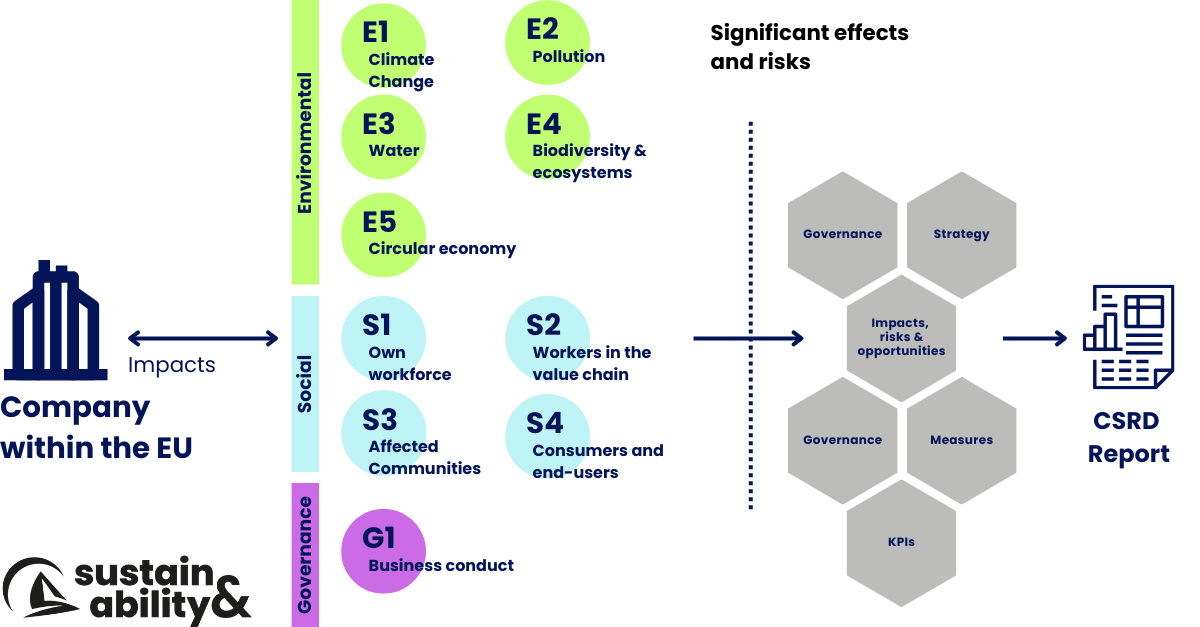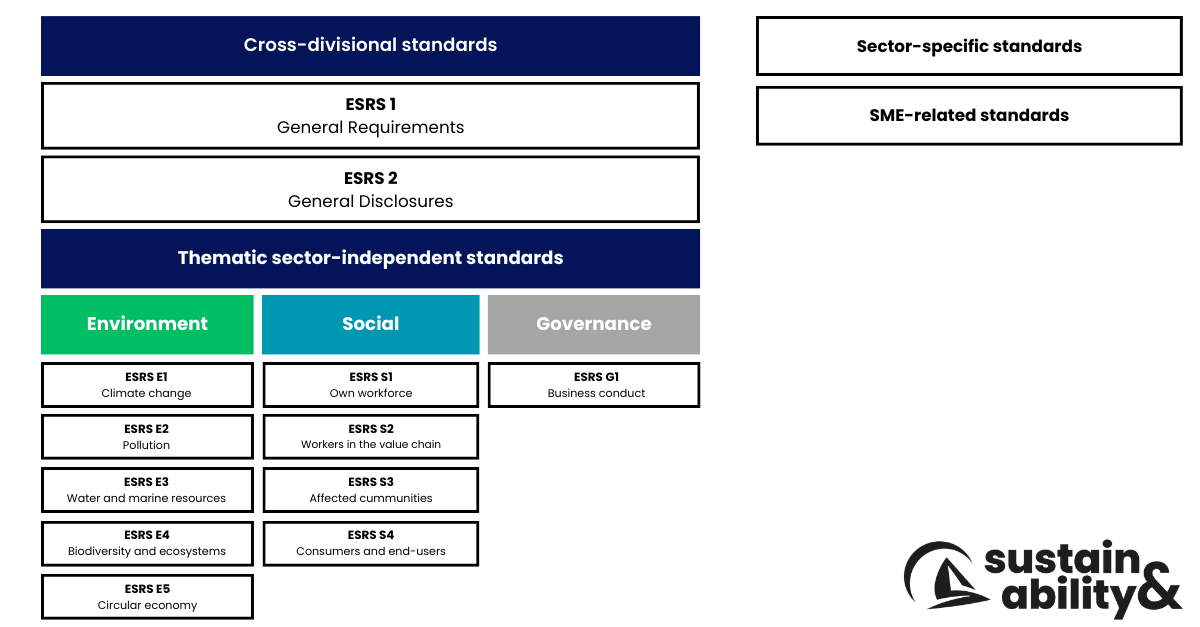Our workshops bring practical AI expertise directly to your company. Instead of pure theory, we focus on real-world use cases, current challenges, and individual questions from participants. Together, we develop practical knowledge and skills that can be immediately applied in everyday work—whether for initial automation, creative content generation, or better data-driven decision-making.
Structured topics with a clear learning plan
Topics range from prompt engineering and automation to AI integration into existing systems or API connections. We place great importance on explaining methods and tools clearly and incorporating hands-on exercises so that new skills are firmly anchored in the company. Each learning unit is clearly structured.
Interactive formats and expertise
Our workshops are interactive, collaborative, and, if desired, hybrid or purely digital: Everyone contributes their own projects, ideas, and questions. This way, everyone benefits from the exchange, combines theory with practice, and receives tailored inspiration for their goals and specific everyday work. We know from experience that the greatest learning success comes when you really try out AI and explore new paths together.
Advantages of upskilling with Sustainability&
AI expertise increases your innovative strength and efficiency. You make your company fit for the digital future and actively involve employees in the transformation process.



